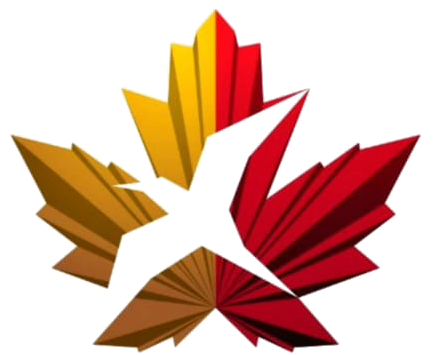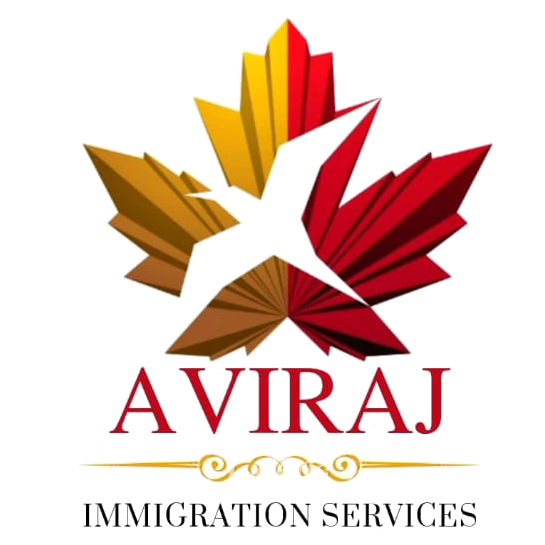Automated test via XML-RPC.
This is a sample post created to test the basic formatting features of the WordPress CMS.
Subheading Level 2
You can use bold text, italic text, and combine both styles.
- Bullet list item #1
- Item with bold emphasis
- And a link: official WordPress site
- Step one
- Step two
- Step three
This content is only for demonstration purposes. Feel free to edit or delete it.
This is a sample post created to test the basic formatting features of the WordPress CMS.
Subheading Level 2
You can use bold text, italic text, and combine both styles.
- Bullet list item #1
- Item with bold emphasis
- And a link: official WordPress site
- Step one
- Step two
- Step three
This content is only for demonstration purposes. Feel free to edit or delete it.
This is a sample post created to test the basic formatting features of the WordPress CMS.
Subheading Level 2
You can use bold text, italic text, and combine both styles.
- Bullet list item #1
- Item with bold emphasis
- And a link: official WordPress site
- Step one
- Step two
- Step three
This content is only for demonstration purposes. Feel free to edit or delete it.
This is a sample post created to test the basic formatting features of the WordPress CMS.
Subheading Level 2
You can use bold text, italic text, and combine both styles.
- Bullet list item #1
- Item with bold emphasis
- And a link: official WordPress site
- Step one
- Step two
- Step three
This content is only for demonstration purposes. Feel free to edit or delete it.
This is a sample post created to test the basic formatting features of the WordPress CMS.
Subheading Level 2
You can use bold text, italic text, and combine both styles.
- Bullet list item #1
- Item with bold emphasis
- And a link: official WordPress site
- Step one
- Step two
- Step three
This content is only for demonstration purposes. Feel free to edit or delete it.
This is a sample post created to test the basic formatting features of the WordPress CMS.
Subheading Level 2
You can use bold text, italic text, and combine both styles.
- Bullet list item #1
- Item with bold emphasis
- And a link: official WordPress site
- Step one
- Step two
- Step three
This content is only for demonstration purposes. Feel free to edit or delete it.
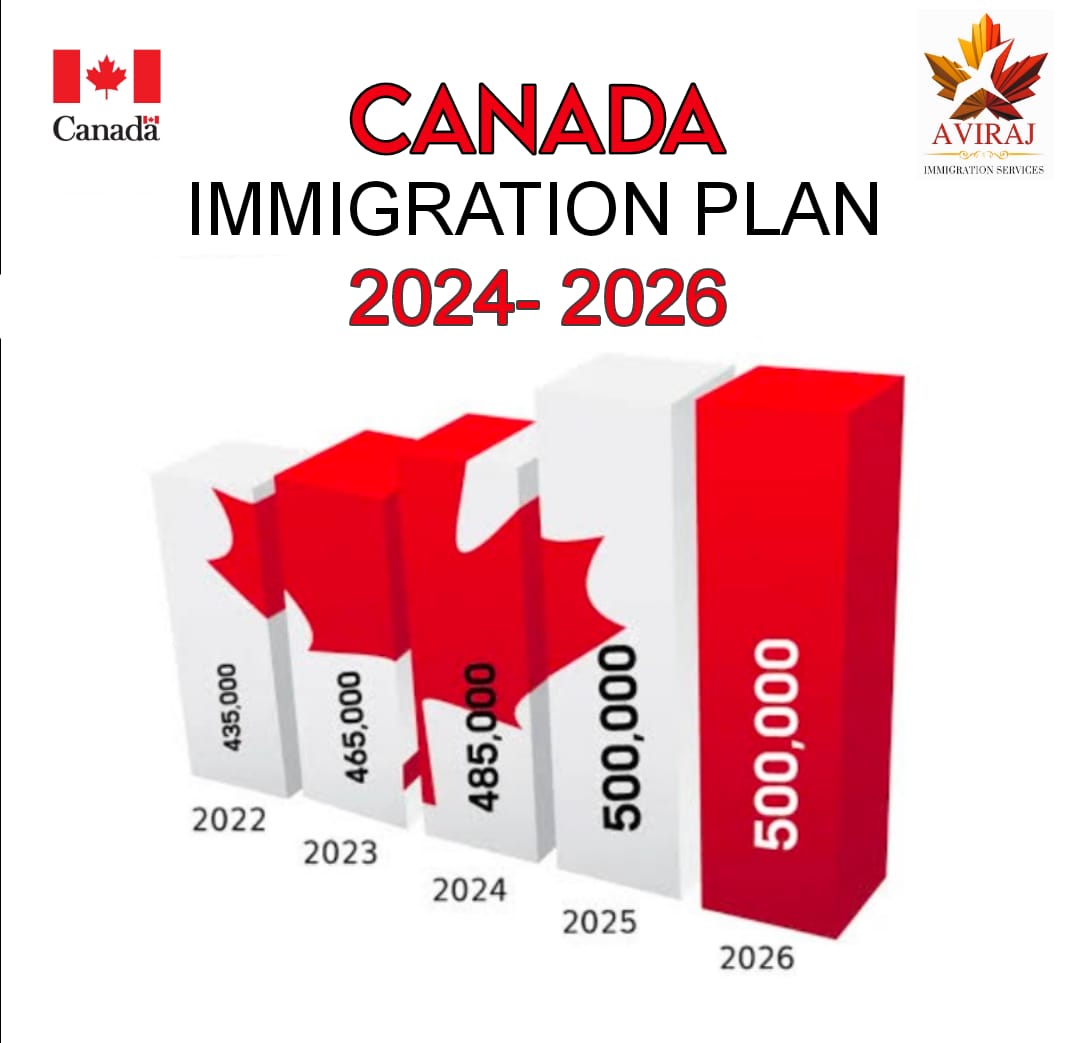
Canada Immigration Plan for
2024-2026.
In accordance with the Immigration and Refugees Protection Act (IRPA), Immigration, Refugees and Citizenship Canada (IRCC) has released the country’s latest Immigration Levels Plan (ILP), as they are mandated to do by November 1 in non-election years.
The Immigration Levels Plan is an annual release that guides how many new permanent residents Canada will welcome in each of the next three years. The ILP breaks down permanent resident targets in each of the country’s three immigration classes: economic class; family class; and refugees and humanitarian class.
This past year, Canada set a target of 465,000 new permanent resident admissions.
After breaking its all-time immigration record in 2021 by welcoming over 405,000 immigrants in a single year, Canada welcomed over 437,000 new permanent residents in 2022. Now, Canada has established even higher immigration aspirations for the next three years while we await to see if Canada reaches its 2023 target by year’s end.
As announced at a recent press conference, the Immigration Levels Plan 2024-2026 is as follows.
November 1, 2023.
2024
In 2024, Canada will target the admission of 485,000 new permanent residents across the country.
2025
This target will jump to 500,000 new admissions in 2025.
2026
In 2026, Canada is aiming to welcome 500,000 immigrants across all eligible permanent resident programs.
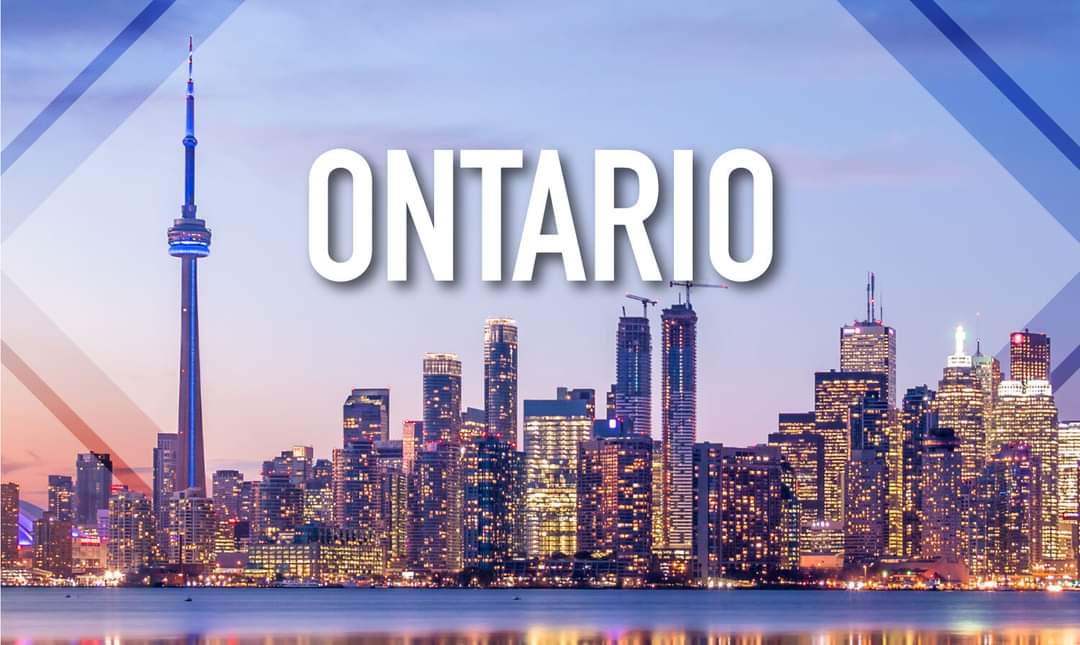
Ontario PNP Draw: Province Issues 883 Canada Immigration Invitations To International Graduates. Ontario has conducted two new Expression of Interest draws, issuing 883 Canada immigration invitations through the Ontario Immigrant Nominee Program Masters Graduate and PhD Graduate streams. The draws were conducted on April 4, 2023.
For the Masters Graduate draw, 752 candidates were invited, requiring a score of 52 or above.
In the PhD Graduate draw, the minimum score was 48 and 131 invitations were issued.
For both draws, candidates needed to have submitted their profile within the last 12 months.
Full requirements for all the mentioned streams are included further down this article. ✅ Masters Graduate Stream Expression of Interest Draw ➡ Number of invitations issued 752 ✅ PhD Graduate Stream Expression of Interest Draw ➡ Number of invitations issued 131 ✅ Employer Job Offer: Foreign Worker Draw ➡ Number of invitations issued 6
✅Ontario Expression of Interest Ranking System
🔹Points are awarded based on the following attributes:
➡Level and field of education and where they completed their studies.
➡ Proficiency in English or French.
➡ Intention to settle outside of the Greater Toronto Area.
➡ Skill and work experience level, earnings history, other factors relevant to prospects in Ontario job market.
➡ Labour market needs in the province or region of the province.
✅ Masters Graduate Stream
🔹 This stream offers an opportunity to obtain permanent residence to international students who obtained a masters degree in Ontario without requiring a job offer.
To be eligible to apply, a candidate must meet the following criteria:
➡ Graduated from a Master’s degree program from an eligible institution in Ontario, that was at least one-year full-time.
➡ Obtained minimum language CLB/NCLC level 7 or above in English or in French.
➡ Resided legally in Ontario for at least one year in the last two.
➡ Have sufficient settlement funds.
➡ Intend to live and work in Ontario.
➡ Must have legal status in Ontario or abroad.
➡ Applications from elsewhere in Canada will not be accepted.
➡ Application must be submitted within two years of completing the requirements to graduate from the master’s degree.
✅ PhD Graduate Stream
🔹This stream offers international students an opportunity to become a permanent resident for who hold a PhD degree from Ontario without requiring a job offer.
To be eligible to apply, a candidate must meet the following criteria:
➡ Graduated from a PhD degree program in an eligible institution in Ontario, and have completed at least two-years full-time.
➡ Resided legally in Ontario for at least one year in the last two.
➡ Have sufficient settlement funds.
Intend to live and work in Ontario.
➡ Application must be submitted within two years of completing the requirements to graduate from the PhD degree.
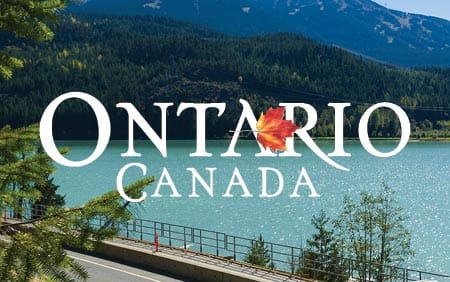
Ontario Invites 746 Canada Express Entry Skilled Trades Candidates With CRS Scores As Low As 250 Ontario has issued 746 Canada immigration invitations to Express Entry Skilled Trades Stream candidates in a new draw through the Ontario Immigrant Nominee Program (OINP).
The March 23 draw saw invites issued to candidates in five specific occupations scoring between 250 and 489 Comprehensive Ranking System points.
The invitations were targeted at the following occupations: NOC 72010 – Contractors and supervisors, machining, metal forming, shaping and erecting trades and related occupations
NOC 72011 – Contractors and supervisors, electrical trades and telecommunications occupations
NOC 72012 – Contractors and supervisors, pipefitting trades
NOC 72013 – Contractors and supervisors, carpentry trades
NOC 72014 – Contractors and supervisors, other construction trades, installers, repairers and servicers
NOC 72020 – Contractors and supervisors, mechanic trades
NOC 72021 – Contractors and supervisors, heavy equipment operator crews
NOC 72022 – Supervisors, printing and related occupations
NOC 72101 – Tool and die makers
NOC 72102 – Sheet metal workers
NOC 72103 – Boilermakers
NOC 72104 – Structural metal and platework fabricators and fitters
NOC 72105 – Ironworkers
NOC 72106 – Welders and related machine operators
NOC 72200 – Electricians (except industrial and power system)
NOC 72201 – Industrial electricians
NOC 72203 – Electrical power line and cable workers
NOC 72300 – Plumbers
NOC 72301 – Steamfitters, pipefitters and sprinkler system installers
NOC 72310 – Carpenters
NOC 72320 – Bricklayers
NOC 72321 – Insulators
NOC 72400 – Construction millwrights and industrial mechanics
NOC 72401 – Heavy-duty equipment mechanics
NOC 72402 – Heating, refrigeration and air conditioning mechanics
NOC 72403 – Railway carmen/women
NOC 72404 – Aircraft mechanics and aircraft inspectors
NOC 72406 – Elevator constructors and mechanics
NOC 72410 – Automotive service technicians, truck and bus mechanics and mechanical repairers
NOC 72422 – Electrical mechanics
NOC 72423 – Motorcycle, all-terrain vehicle and other related mechanics
NOC 72500 – Crane operators
NOC 73100 – Concrete finishers
NOC 73101 – Tilesetters
NOC 73102 – Plasterers, drywall installers and finishers and lathers
NOC 73110 – Roofers and shinglers
NOC 73111 – Glaziers
NOC 73200 – Residential and commercial installers and servicers
NOC 73201 – General building maintenance workers and building superintendents
NOC 73202 – Pest controllers and fumigators
NOC 73209 – Other repairers and servicers
NOC 73400 – Heavy equipment operators
NOC 82031 – Contractors and supervisors, landscaping, grounds maintenance and horticulture services
